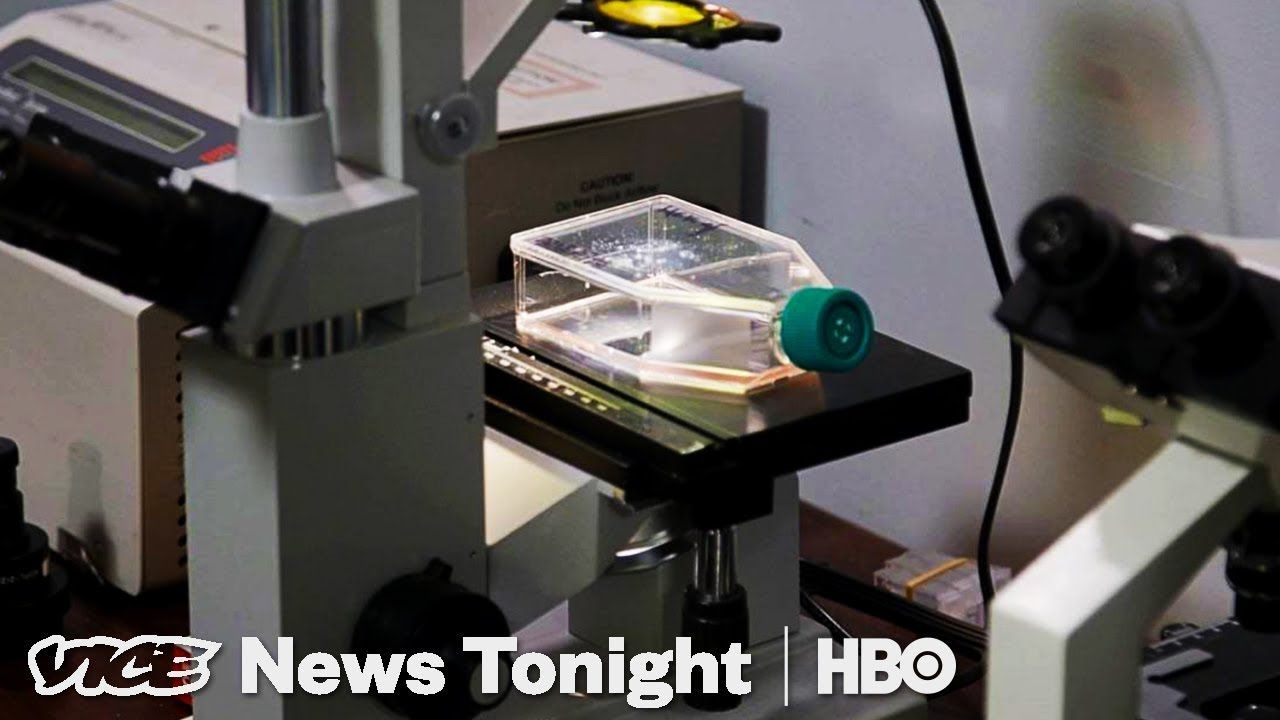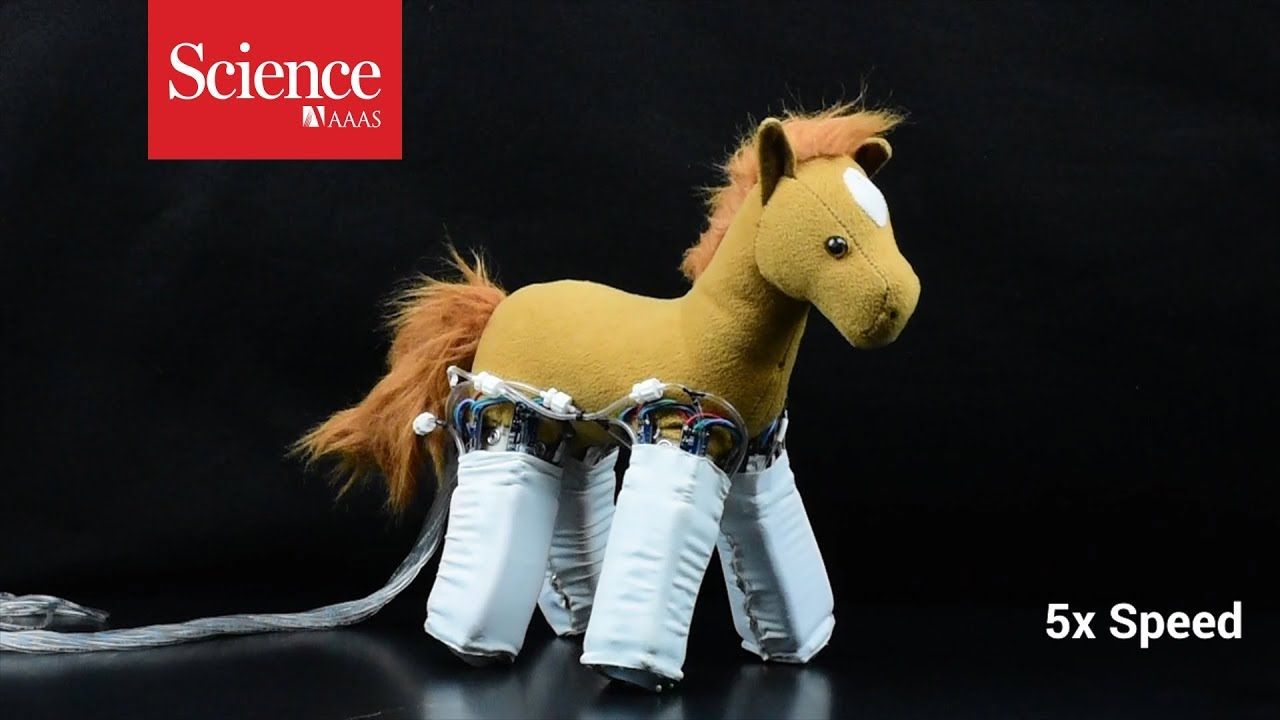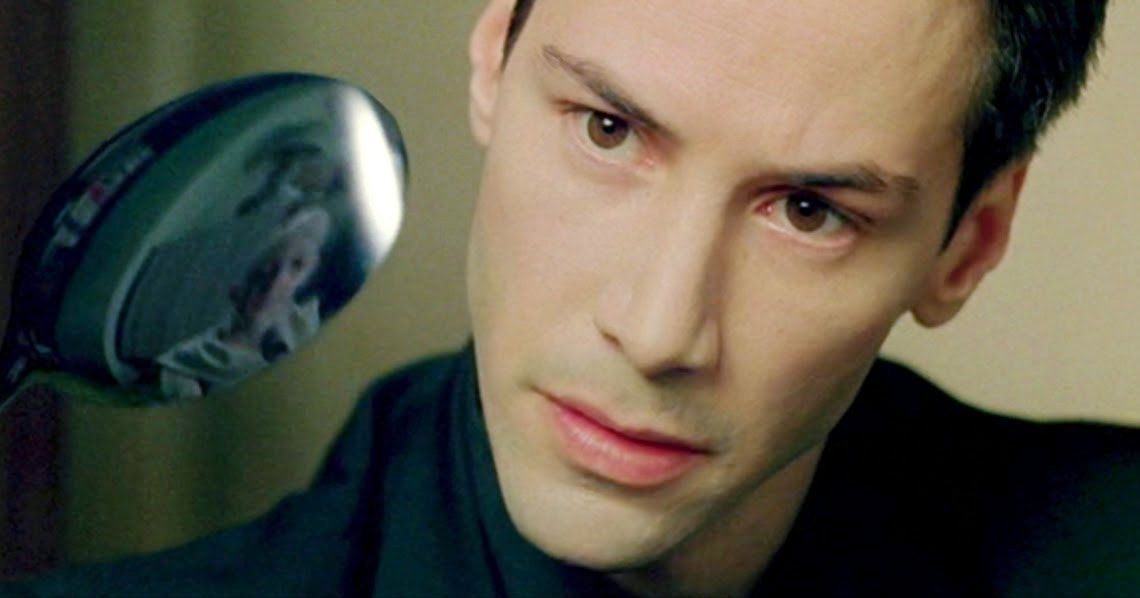BATANGAS, Philippines (Reuters) — A Philippine inventor has unveiled what he calls a flying sports car that represents the future of transport, riding it out of a warehouse toward a cheering crowd, leaving a cloud of dust in his wake.



Today, an international group of researchers, including Carnegie Mellon University’s Rachel Mandelbaum, released the deepest wide field map of the three-dimensional distribution of matter in the universe ever made and increased the precision of constraints for dark energy with the Hyper Suprime-Cam survey (HSC).




When designing a robot, key components are the robot’s sensors, which allow it to perceive its environment, and its actuators, the electrical or pneumatic motors that allow the robot to move and interact with its environment.
Consider your hand, which has temperature and pressure sensors, but also muscles as actuators. The omni-skins, as the Science Robotics paper dubs them, combine sensors and actuators, embedding them into an elastic sheet. The robotic skins are moved by pneumatic actuators or memory alloy that can bounce back into shape. If this is then wrapped around a soft, deformable object, moving the skin with the actuators can allow the object to crawl along a surface.
The key to the design here is flexibility: rather than adding chips, sensors, and motors into every household object to turn them into individual automatons, the same skin can be used for many purposes. “We can take the skins and wrap them around one object to perform a task—locomotion, for example—and then take them off and put them on a different object to perform a different task, such as grasping and moving an object,” said Kramer-Bottiglio. “We can then take those same skins off that object and put them on a shirt to make an active wearable device.”

That conclusion is based on a study that reviewed genetic testing results from 1.45 million individuals and found that nearly 25 percent of “variants of uncertain significance” were subsequently reclassified — sometimes as less likely to be associated with cancer, sometimes as more likely.
The study appears in the Journal of the American Medical Association (JAMA).
When variations from the norm are discovered in a gene, the variants are classified as “benign,” “likely benign,” “variant of uncertain significance,” “likely pathogenic,” or “pathogenic.”

Certainly, there are those in the movement who espouse the most extreme virtues of transhumanism such as replacing perfectly healthy body parts with artificial limbs. But medical ethicists raise this and other issues as the reason why transhumanism is so dangerous to humans when what is considered acceptable life-enhancement has virtually no checks and balances over who gets a say when we “go too far.” For instance, Kevin Warwick of Coventry University, a cybernetics expert, asked the Guardian, “What is wrong with replacing imperfect bits of your body with artificial parts that will allow you to perform better – or which might allow you to live longer?” while another doctor stated that he would have “no part” in such surgeries. There is, after all, a difference between placing a pacemaker or performing laser eye surgery on the body to prolong human life and lend a greater degree of quality to human life, and that of treating the human body as a tabula rasa upon which to rewrite what is, effectively, the natural course of human life.
While many transhumanist ideals remain purely theoretical in scope, what is clear is that females are the class of humans who are being theorised out of social and political discourse. Indeed, much of the social philosophy surrounding transhumanist projects sets out to eliminate gender in the human species through the application of advanced biotechnology and assisted reproductive technologies, ultimately inspired by Shulamith Firestone’s The Dialectic of Sex and much of Donna Haraway’s writing on cyborgs. From parthenogenesis to the creation of artificial wombs, this movement seeks to remove the specificity of not gender, but sex, through the elision of medical terminology and procedures which portend to advance a technological human-cyborg built on the ideals of a post-sex model.

Physicists face the same hard problem as neuroscientists do: the problem of bridging objective description and subjective experience. Physics has encountered consciousness. Quantum theory says an object remains in a superposition of possibilities until observed. We can consider a quantum state as being about our knowledge rather than a direct description of physical reality. The physics of information just may be that bridging of quantum-to-digital reality of subjective experience. We are now at the historic juncture when quantum computing could reveal quantum information processing underpinnings of subjectivity. Quantum mechanics is a spectacularly successful theory of fundamental physics that allows us to make probabilistic predictions derived from its mathematical formalism, but the theory doesn’t tell us precisely how these probabilities should be interpreted in regards to phenomenology, i.e. our experiential reality. There are basically three main interpretive camps within quantum mechanics from which stem at least a dozen further interpretations.
By Alex Vikoulov.
“A quantum possibility is more real than a classical possibility, but less real than a classical reality.” –Boris Tsirelson.

This topic touches a lot of nerves, so I ask for logic to rule above all else please.
All of us have seen a world map at some point in our lives before, but it is very difficult to imagine how certain countries and parts of the world compare to each other in size that are far apart. In this video, I explore why the world looks very different than how it is portrayed in the Mercator Projection map. I then go on to explore how certain countries are unexpectedly larger or smaller than what they appear to be, and how some places looks wildly different than our perceptions.
PS; Don’t totally hate on the Mercator Projection, it’s actually a really useful map for navigation and on keeping the correct shape of countries while sacrificing the size that we can all laugh about!
Music is by Ross Bugden. He makes excellent music, please check out his channel!
Link to channel: https://www.youtube.com/channel/UCQKGLOK2FqmVgVwYferltKQ?spfreload=5
Link to song used in this video: https://www.youtube.com/watch?v=BbOiqJJ5RxU
Link to download for song: http://www.mediafire.com/download/a4a8eh4hdmrs1d6/Ghibli%27s+Waltz.wav
Link to TheTrueSize.com http://thetruesize.com/#?borders=1~!MTYxMzc1OTI.MzgyMDA2OQ*MzYwMDAwMDA(MA~!CONTIGUOUS_US*MTAwMjQwNzU.MjUwMjM1MTc(MTc1)MA~!IN*NTI2NDA1MQ.Nzg2MzQyMQ)MQ~!CN*OTkyMTY5Nw.NzMxNDcwNQ(MjI1)Mg